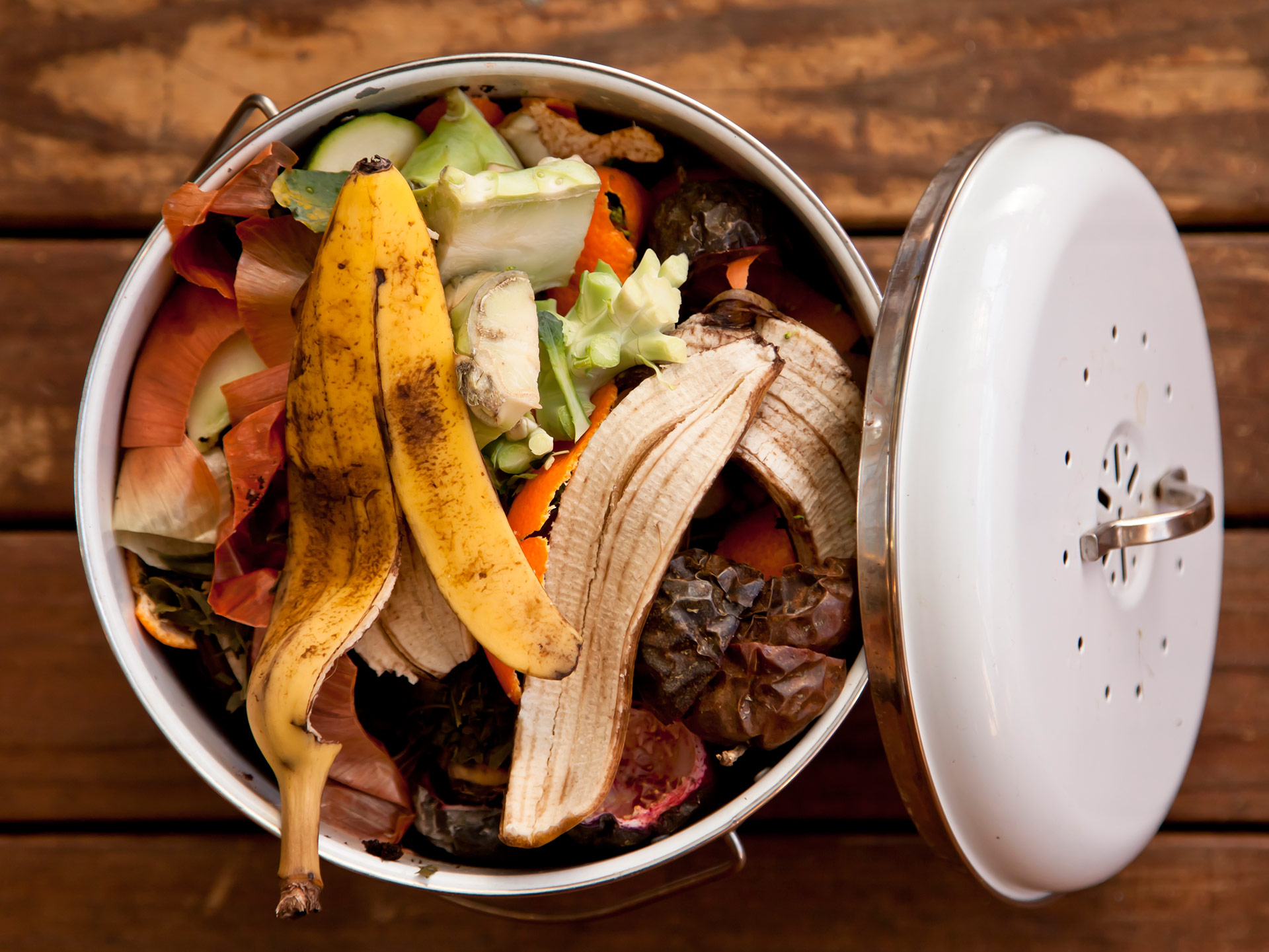Can you imagine yourself chucking away $4,000 in cash? Getting piles of money and putting it straight into the bin?
That’s what we are doing every year in Australia.
How much money are you wasting on food that you’re never going to eat?
Experts say Australian’s are throwing out a whopping $8 to $10 billion dollars worth of food a year.
Ozharvest estimates that one in every five shopping bags ends up in the bin. On average, this means Australian’s are wasting almost $4000 worth of groceries per household each year.
It comes to a mind-blowing 4 million tonnes of food ending up in landfill, enough to fill 8,400 Olympic sized swimming pools.
And on the other side of these stats, 3 million people are living in poverty, one quarter being children.
Throwing away one burger wastes the same amount of water as a 90-minute shower.
Today is World Food Day and Managing Director of online office catering leader Order-In, Jonathan Rowley explains that it’s not just at home we’re wasting food. Offices too can put more thought in how they can reduce their food wastage.
Jonathan says, “As an organisation, we are very aware of this issue, which is why we are long-term supporters of OzHarvest. We have looked at the reduction habits of hundreds of our customers and found that the best practices to prevent food wastage at work, many of which can also translate to the home, are very easily implemented.”
How you can reduce your food waste
Purchase in-season food To make educated decisions, you should familiarise yourself with current in-season produce. Seasonal food will most likely be locally produced, meaning you will be supporting our farmers and growers. The produce will also be fresher, taste better and won’t perish as fast.
Plan before you shop : The saying is true for grocery shopping, if you fail to plan, you plan to fail. At the beginning of the week, plan each meal so you don’t buy unnecessary items, check what you already have at home and construct a list to save time and money. And lastly, don’t get sucked into the world of impulse buying! Stick to the plan.
First in, first out (FIFO): No we aren’t referring to the accounting method but a helpful way to unpack your groceries. You should move the older products to the front of your fridge or pantry and then put the newer products towards the back.
Maximise it : Several foods will have more than one use. Vegetables, bones and meat scraps can be used to make stocks as the base of many meals. Overripe fruit will also make tasty smoothies, muffins or even cakes. Although wilted vegetables may seem unappetising, they can be used in soups or health juices. If you have a surplus of perfectly fine fruit, why not freeze them, make jam or marmalade, or even pickle them. Get creative!
Jonathan adds, “We all have to do our bit and at Order-In, we actively encourage all of our corporate catering clients to notify OzHarvest when they have a surplus of food that is perfectly edible. We urge all households and offices to do the same”.


